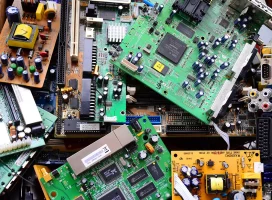Mergers and Acquisitions
Mergers and Acquisitions
Sometimes we think the grass is greener on the other side of the fence. These days, it is not difficult to think this when social media allows us to paint beautiful pictures of who we are from a computer screen. During my marketing research, I came across a media campaign for an original equipment manufacturer (OEM). The campaign was not even about innovation; it was about teaching people how to trade in the stock market so they could understand how well the OEM was trading. Then I thought, wow, the green grass on the other side of the fence is far away, and that publicity is far from the reality of the customer purchasing from the OEM. The publicity campaign was no longer about relationships or innovation—it was about buying a piece of stock.
This is how many companies approach mergers and acquisitions—all the books and finances are beautiful, but the reality of the relationship between the company and the customer is hard to gauge from books and financial analyses.
Many OEMs have experienced this when acquiring companies positioned in a particular vertical market or have a specific technology. However, the relationship between the customer and the soon-to-be acquired company is rarely investigated. So when the company is acquired, all the problems related to products and customers are acquired as well.
I knew of a company that committed to supporting the acquired products with the same regard as its own. Yet when the technical and test data files began to surface in a completely different language than that of the mother company, the employees were unable to speak it, and the company began to suffer in dealing with the process and the customer demands for the product.
However, if the OEM had a way to flag and purge problematic products and dispose of them accordingly during its merger and acquisition process, it would be better positioned to absorb the products that are profitable and realign those that are not.
So what should happen with the low volumes of problematic products that surface from the hard realities of mergers and acquisitions? License them to a legacy equipment manufacturer (LEM) that is better positioned to deal with the longevity of sustainment of problematic products and their clients.
OEM Relationship Director




